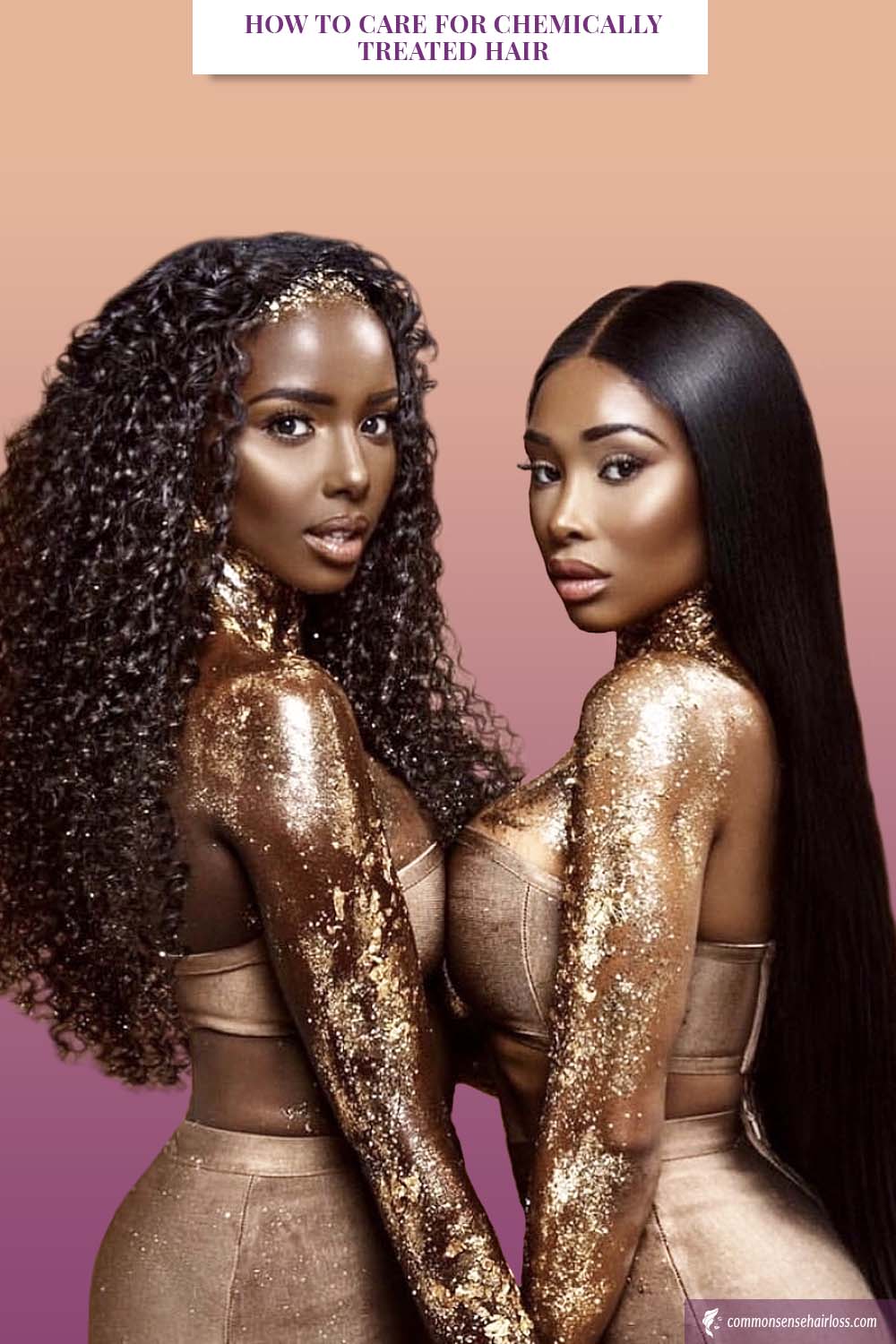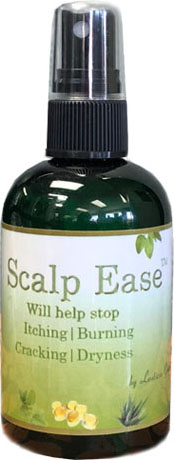Whether relaxer or dye, caring for chemically treated hair requires special attention. After all, you’re literally putting bleach and other chemicals directly on your skin. And your scalp is one of most sensitive areas of the human body.
For many people, chemical treatments are a regular part of their beauty appointments. A visit to the salon often means more that a blowout and style. It can mean hours spent on chemically treated hair in an attempt to change their overall look.
While chemical treatments offer opportunities to experiment with different looks, they also damage your hair. But understanding some of the hair issues associated with chemical treatments will help you better maintain your locks.
Types of Chemically Treated Hair
Hair coloring is by far the most popular form of chemical treatment. Whether you’re turning that ashy black into a vibrant red, hair color is a quick way to revamp your look. In general, hair color comes in three forms: permanent, semi-permanent, and temporary dyes.
Permanent. Permanent dyes result in more significant chemical changes to the hair shaft. And the dye remains until new hair grows.
Semi-Permanent. This form of coloring penetrate the hair hair shaft, making it last longer.
Temporary. The color merely covers the hair without penetrating the hair shaft.
The second form of chemically treated hair is bleaching. If you’re opting for dramatic changes in hair color, it generally requires bleaching to strip away the natural color. This allows the hair to absorb the new color.
Chemicals used in bleaching hair includes ammonium hydroxide or hydrogen peroxide. Chemical treatments are also used to change your hair’s texture. For example, hair relaxers turn curly hair straight. Conversely, perms can add curls and waves to straight hair. Relaxers consist of ammonium thioglycolate or sodium hydroxide.
Many of these treatments claim to contain keratin, a protein, to straighten hair. However, formaldehyde has be found in some of these straighteners.
Issues Caused by Chemical Treatments
Due to the chemical potency used to create the change, chemical hair treatments are highly effective. Consequently, these strong chemicals can cause hair issues beyond the color or texture change. Because the chemicals can dissolve the protective layer on hair strands, the result is dry, brittle hair.
In some cases, a chemical treatment can result in burning, redness, irritation, or even hair loss. Generally speaking, these issues occur when your scalp is sensitive or treatment is applied incorrectly.
Using our hair care products above will help you maintain a healthy scalp after chemically treatments. But before apply any chemicals to your hair, a Scalp Base Protection should be applied. Especially before relaxer treatments.








